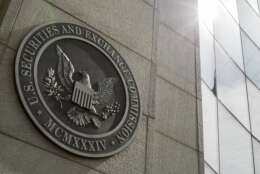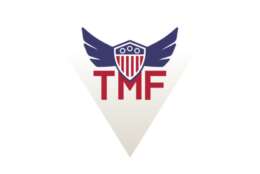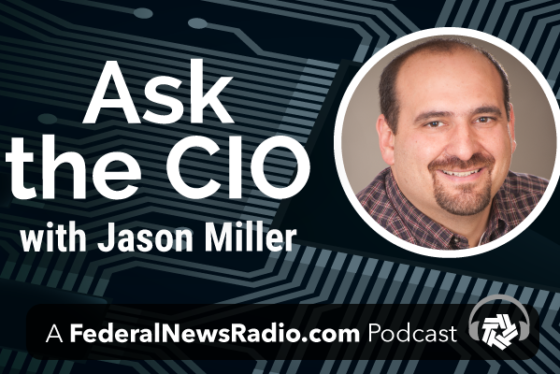Technology
-
Learn from HR and technology leaders about how to transform human capital management
January 25, 2024 -
DIA is doing proactive inspections to make sure agencies are following cyber standards for securing the top-secret JWICS network.
January 24, 2024 -
DoD’s new guidance clarifies what FedRAMP equivalency means and requires cloud service providers handling controlled unclassified information to get a letter of attestation from a third-party organization that says they meet the FedRAMP Moderate baseline standards without plans of action and milestones.
January 23, 2024 -
This legislation comes at an opportune time: Cybercriminals are getting smarter by the day, carrying out more sophisticated attacks at a higher volume than ever before. As technologies like artificial intelligence continue to proliferate, and organizations become increasingly digitized, the risk of breaches resulting in material impact grows.
January 23, 2024 -
The U.S. Geological Survey has turned to quantum technology to help it with the next generation of challenges in geological science. It established a Cooperative Research and Development Agreement (CRADA) with a quantum company called Q-CTRL.
January 23, 2024 -
PNNL researchers are tasked with protecting critical infrastructure to prevent and mitigate the damage that could be done from a cyber-attack on software, firmware and the networks that they operate on. The laboratory’s goal is to create the ability to detect potential threats and protect systems from attacks that sometimes originate in the firmware directly from manufacturers.
January 23, 2024 -
Sort of lost in all the other activity in the last few months, is a Biden administration proposal to create a new Office of Management and Budget circular. The circular describes a centralized data management strategy to help agencies with acquisition decision-making.
January 23, 2024 -
TMF has a new acting leader, a long-time Senate staffer heads to the White House cyber office, and three federal acquisition and IT leaders head out the door.
January 23, 2024








